Green Chemistry: The Quiet Force Shaping a Sustainable Future
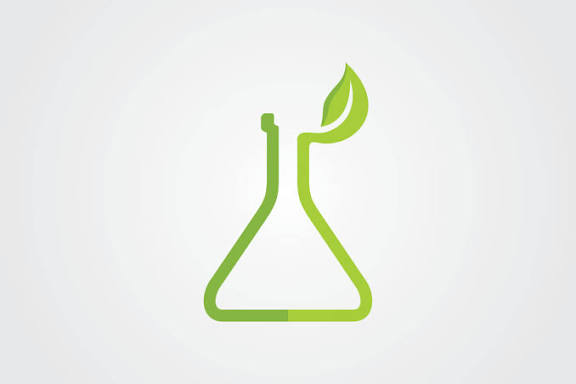
Everywhere we turn, chemistry quietly powers our lives. It’s in the soap that we use in the mornings, in the plastics that package our food, in the medicines that eases our pain, and even in the fuel that takes us to work. Yet, behind this convenience lies an uncomfortable truth, many of the same chemical processes that built modern civilization also harm the planet that sustains it.
For decades, industrial chemistry was about efficiency, factories were judged by their output, not their environmental footprint. Waste was an afterthought and pollution, an unfortunate byproduct of progress. But somewhere in the background, a new idea began to take shape, a softer, smarter way to think about chemistry.
It came with the conviction that the way we make things can also care for the world that receives them. This idea was later called green chemistry and it is, quite literally, reshaping science from the inside out.
The Birth of a Green Revolution
Green Chemistry originated in the 1980s and 1990s as a proactive approach to environmental problems, moving from reactive "end-of-pipe" cleanup to prevention of the problem. The movement was influenced by growing public awareness of chemical pollution's impact, highlighted by publications like Rachel Carson's Silent Spring in 1962 and disasters like the Love Canal incident in the 1970s.
Some key milestones include the 1990 U.S. Pollution Prevention Act, the 1991 launch of a green chemistry research program by the U.S. Environmental Protection Agency (EPA), and the 1998 publication of the "Twelve Principles of Green Chemistry" by Paul Anastas and John Warner.
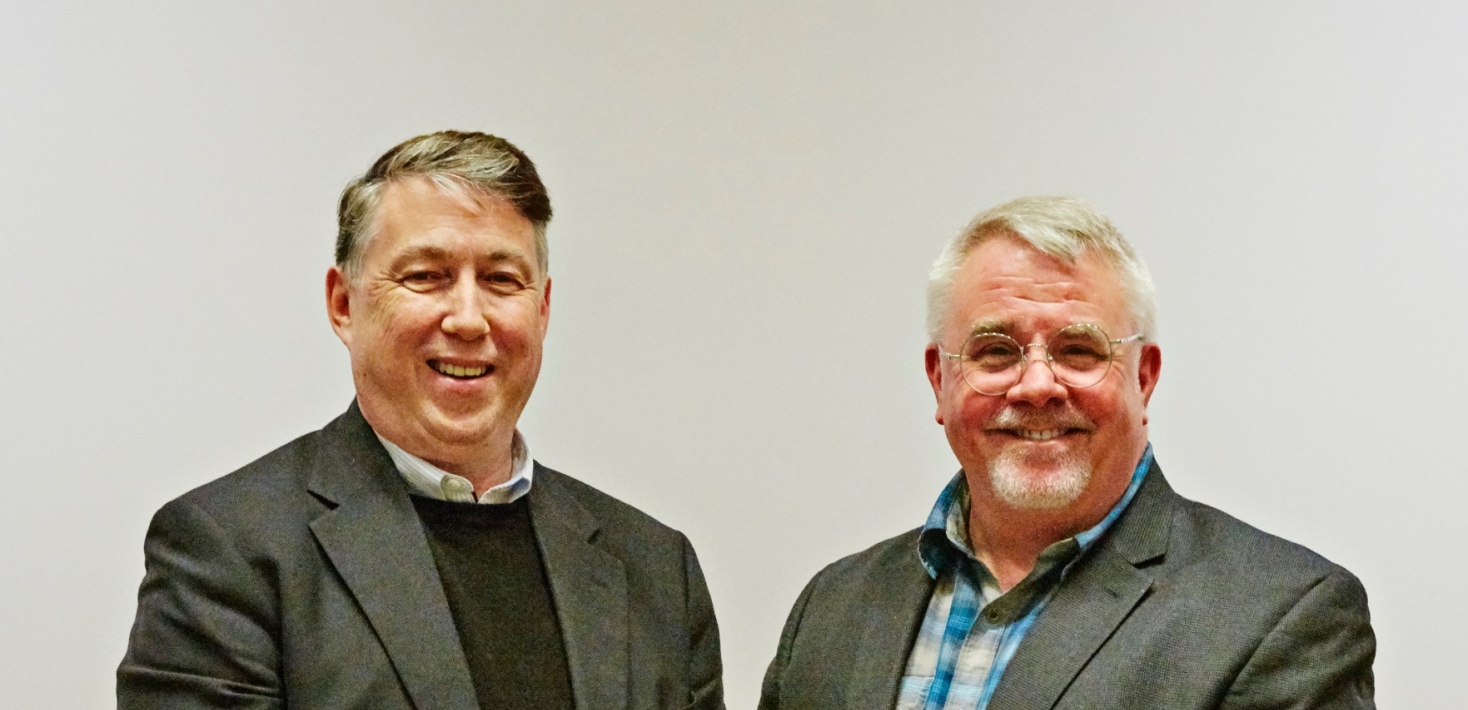
Both of them, often regarded as the fathers of green chemistry, challenged the long-standing belief that environmental safety was a later problem. To them, prevention wasn’t just better than cure, it was smarter science. They believed chemistry could still innovate and create without harming life or the environment in the process. The 12 Principles of Green Chemistry was a framework that encouraged scientists to think about efficiency, safety and sustainability right from the start of every experiment. Their aim was to pursue a chemistry that reduced waste, used renewable materials, avoided toxins and worked in harmony with natural systems.
What Makes Chemistry ‘Green’?
The word “green” often brings to mind color, trees, or eco-labels on packaging. But in this context, green is a mindset, a science that sees the big picture. Green chemistry is the design of chemical products and processes that reduces or eliminates the use or generation of hazardous substances. Instead of relying on toxic solvents, green chemists search for safer alternatives like water or plant-based materials. Instead of using petroleum-based feedstocks, they turn to renewable resources such as corn, sugarcane or even waste biomass.
The goal is simple; to make what we need, without leaving behind what we regret. It’s not just about being eco-friendly, it is about rethinking the very foundations of chemistry and about designing processes that make pollution obsolete, not inevitable.
How It’s Changing Our World
You might not see it, but the impact of green chemistry is everywhere. It’s in the shampoo that lathers easily yet drains safely into the environment. It’s in the energy-efficient lightbulb that saves electricity while reducing emissions. It’s even in the clothes we wear, dyed with methods that use less water and fewer chemicals.
Across industries like agriculture, healthcare, consumer products and companies are redesigning processes to minimize waste and maximize efficiency. These changes may not make headlines, but they make history. Every cleaner reaction, every safer formula, every eco-conscious redesign contributes to a larger shift, one that redefines progress.
Even educational institutions have begun introducing green chemistry into their curricula, ensuring the next generation of scientists understands that innovation and responsibility must coexist. The true beauty of this revolution is the fact that it doesn’t necessarily demand attention, it earns it through impact.
Why It Matters to Everyone
Green chemistry matters to everyone because it leads to a safer, healthier and more sustainable world. When chemical waste is reduced, the air we breathe becomes cleaner. When toxic substances are replaced, our water becomes safer. When industries adopt sustainable materials, our environment and economy grows healthier.
This is not just an environmental issue, it’s a human one. The same principles that guide green chemistry are the ones that shape sustainable living for all. Green chemistry also makes economic sense. Cleaner processes mean less money spent on waste management and regulatory fines. Also, safer materials reduce risks to workers and communities. Companies that adopt these principles not only save the planet, they save costs and earn public trust.
It’s a win-win, but only if people understand it. And that’s why awareness is very necessary, because the true power of this revolution depends not only on research but also on recognition.

The Barriers and the Hope Ahead
As promising as it sounds, the journey of green chemistry hasn’t been easy. Many industries are hesitant to change old habits. The cost of transitioning to new technologies, the lack of awareness, and limited policies in some regions all slow the pace of progress. Even in academic spaces, green chemistry sometimes struggles to take root. Some institutions still teach traditional chemical methods without integrating sustainability concepts. The result of this is a generation of chemists trained to create, but not always to care.
Yet, hope persists and grows. Around the world, young scientists are leading research on biodegradable materials, energy-efficient reactions, and renewable resources. Startups are turning waste into wealth; from food scraps to biofuels, from discarded plastics to eco-friendly fabrics. Educational movements are also rising. In universities and secondary schools, awareness programs are making sustainability a core part of scientific education. Students no longer see green chemistry as a niche, they see it as the future.
Governments and organizations are beginning to notice too. International collaborations now fund research and reward industries that adopt sustainable chemistry practices. The revolution may be slow, but it is steady, being carried forward by people who believe and have hope that science can heal as much as it invents.
The Quiet Force of Change
With every safer reaction, every toxin replaced, and every waste reduced, green chemistry is rewriting the story of human progress. Its power lies not in noise but in necessity. And so, the next time you hold a biodegradable cup, or apply a natural-based lotion, or read about a company that cut emissions by half, remember this: behind every small improvement is a big idea that chemistry, at its best, can be safe and sustainable.
Green Chemistry stands as a reminder that true innovation doesn’t just create, it cares.
You may also like...
Climate Catastrophe: How Close Are We?
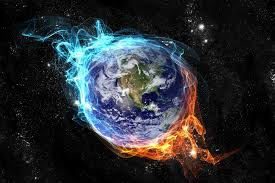
The climate clock is ticking We're already feeling the heat, Record-breaking temperatures, devastating wildfires, and un...
Carbon Credit Colonialism: Are African Forests Being Sold as Western Carbon Offsets?
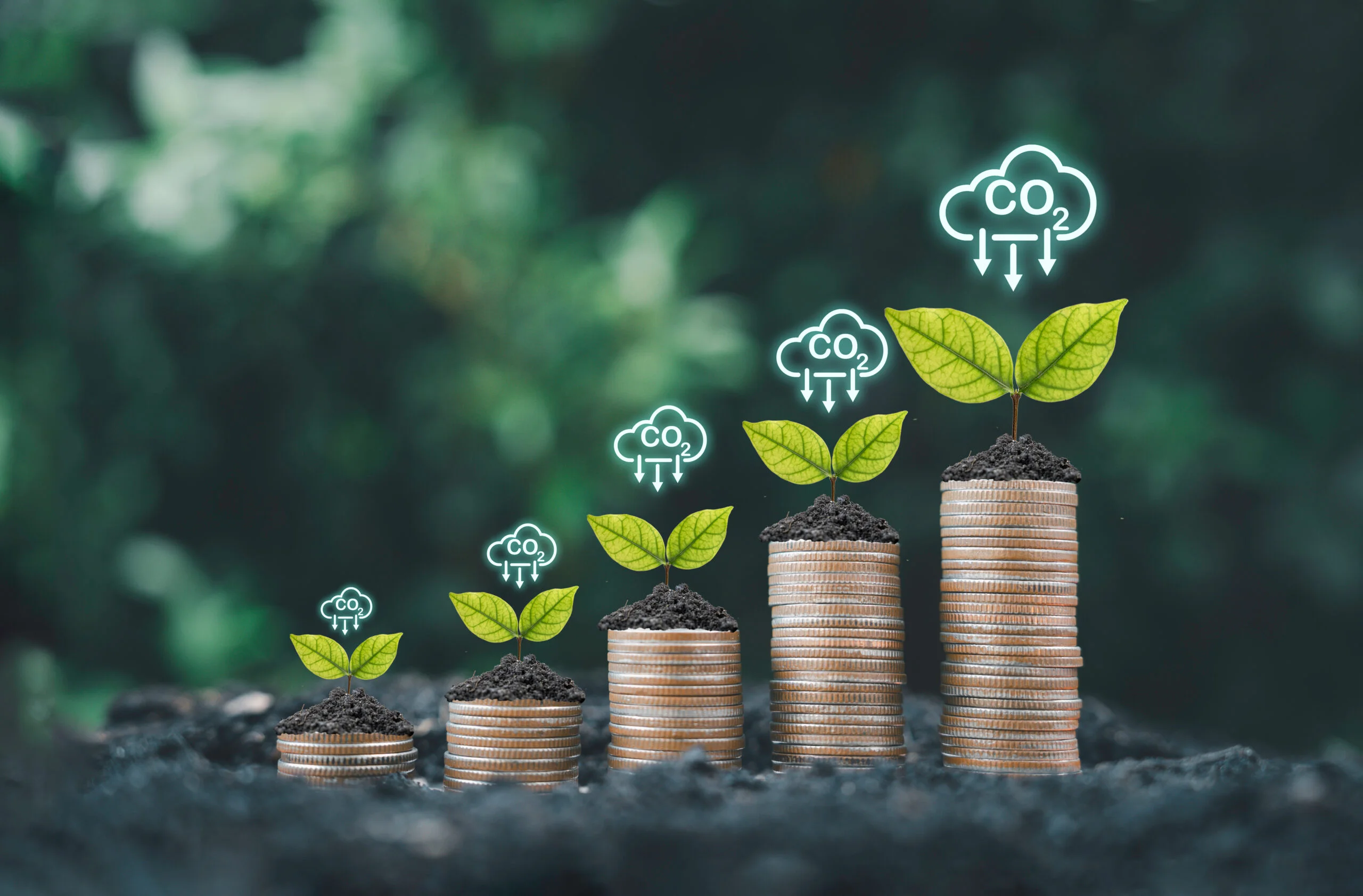
Africa’s forests are becoming the world’s carbon currency, but who truly benefits? As Western firms rush to buy carbon o...
New Pledges, Same Problem: Why the Latest NDCs Barely Move the Climate Needle

Despite renewed climate promises, the 2025 UNEP Emissions Gap Report warns the world is still headed for up to 2.5°C of ...
Green Chemistry: The Quiet Force Shaping a Sustainable Future

It’s easy to think of chemistry as something distant; a world of equations, beakers, and laboratories. But behind the bu...
Carbon Is Breaking Records: The CO₂ Surge That Should Terrify Us
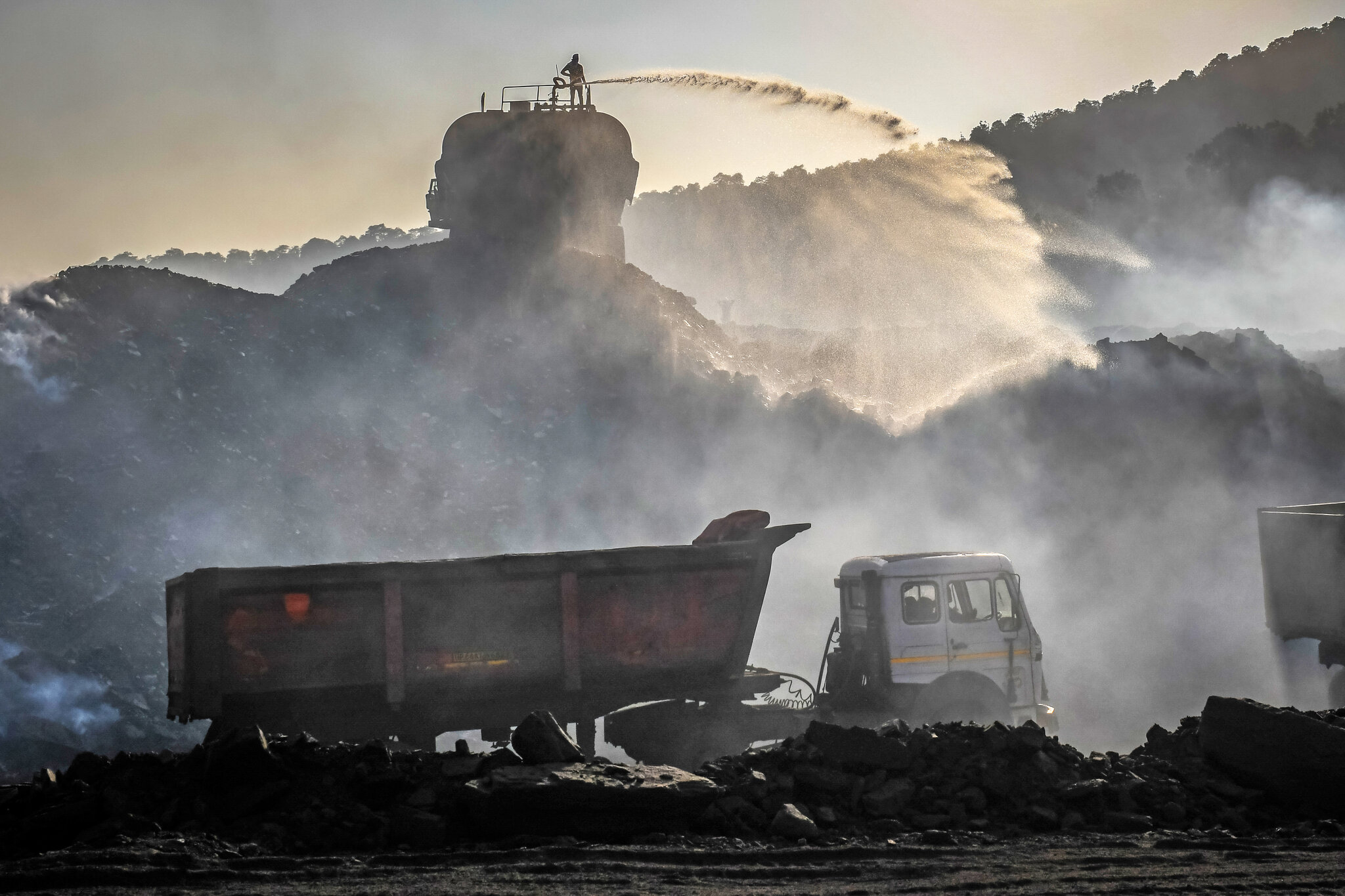
Global CO₂ levels have hit record highs, marking the fastest annual rise in history. From wildfires to floods, this piec...
The Last Rainmaker: Oral Histories of Communities That Once Called the Rain
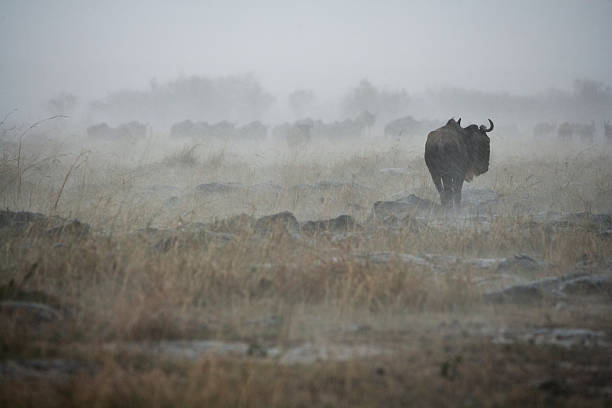
Once revered as custodians of balance between man and nature, Africa’s rainmakers are fading into legend. But their stor...
Parents Sue OpenAI after ChatGPT allegedly Encouraged their Son's Suicide

The tragic death of 16-year-old Adam Raine stands as one of the most tragic events to occur this year — and the realisat...
Is our planet doomed? The truth about climate change
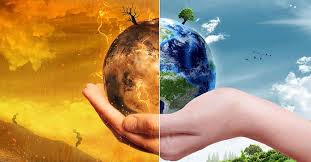
Climate change is no longer a distant warning, it’s happening right now But is Earth truly on the road to destruction, o...




